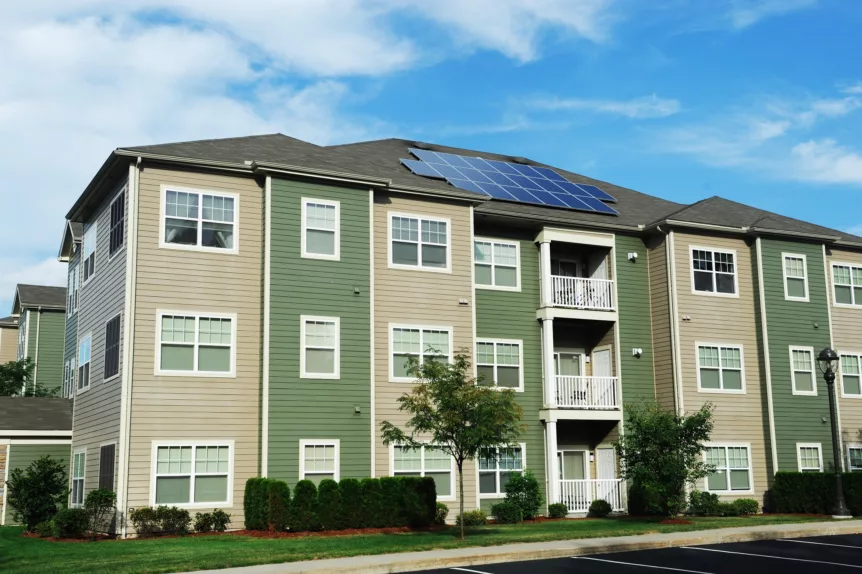Kristen Cheriegate | ICAST Policy Analyst
Environmental Protection Agency Updates Solar for All Funding
The Environmental Protection Agency (EPA) has updated the Solar for All (SFA) Notice of Funding Opportunity. The interested applicants requested over $38 billion in funding from the SFA competition. To maximize access to solar energy for low-income (LI) and disadvantaged communities, EPA has revised the maximum award amount an applicant may request. They have also extended the application deadline to October 12, 2023, for applicants to adjust their applicants. The different sized programs and award ranges depend on the total population of disadvantaged census tracts identified by the Climate and Economic Justice Screening Tool (CEJST) in the program geography.
Biden-Harris Administration Announces Grants for Electric Grid Modernization
Under President Biden’s Investing in America agenda, the U.S. Department of Energy (DOE) has announced in the 7th round of funding nine states and five tribal nations will receive a combined total of $125 million in the Grid Resilience State and Tribal Formula Grants. Since May 2023, DOE has distributed more than $580.5 million in grants, aiming to modernize the electric grid to reduce the impacts of climate-driven extreme weather and natural disasters while ensuring power sector reliability. U.S. Secretary of Energy, Jennifer M. Granholm, stated that “this year, the U.S. has already incurred $15 billion in extreme climate-related disaster costs, underscoring the urgent need to strengthen the grid to deliver dependable power supply to Americans. We are fortifying the nation’s electrical grid for the future and empowering the American workforce, all while ensuring that the lights stay on in our communities.” Highlights from this round of funding include:
- New York (~$23.8 million): investments in decarbonization solutions and other technologies that support energy systems and reduce the energy burden on disadvantaged communities
- Maryland (~$8.7 million): investments in carbon-neutral energy technologies and to support workforce development for clean energy jobs
- Montana (~14 million): investment in limiting wildfire ignition from transmission and distribution equipment and increasing the skilled workforce to operate and maintain resilience measures
EPA Releases Assessment on Reductions of Greenhouse Gas Emissions from Inflation Reduction Act
The EPA’s Office of Atmospheric Protection (OAP) has developed a report to assess how the Inflation Reduction Act’s (IRA) provisions reduce emissions. The report includes major provisions and incentives for each sector of the IRA. Key findings include:
- The IRA lowers economy-wide CO2 emissions, which includes electricity generation and use, by 35 to 43% below 2005 levels in 2030
- Buildings exhibit the greatest reductions from 2005 levels of direct plus indirect CO2 emissions from electricity, followed by industry and transportation
- Total direct and indirect industry CO2 emissions decline in the IRA scenario from 2005 levels by 23% to 56% in 2035, with a median reduction of 36%
- Total direct (from combustion of fossil fuels) and indirect (from combustion of fuels to generate electricity consumed in the transportation sector) CO2 emissions are projected to decline in the IRA scenario from 2005 levels by 15% to 35% in 2035, with a median reduction of 27%

